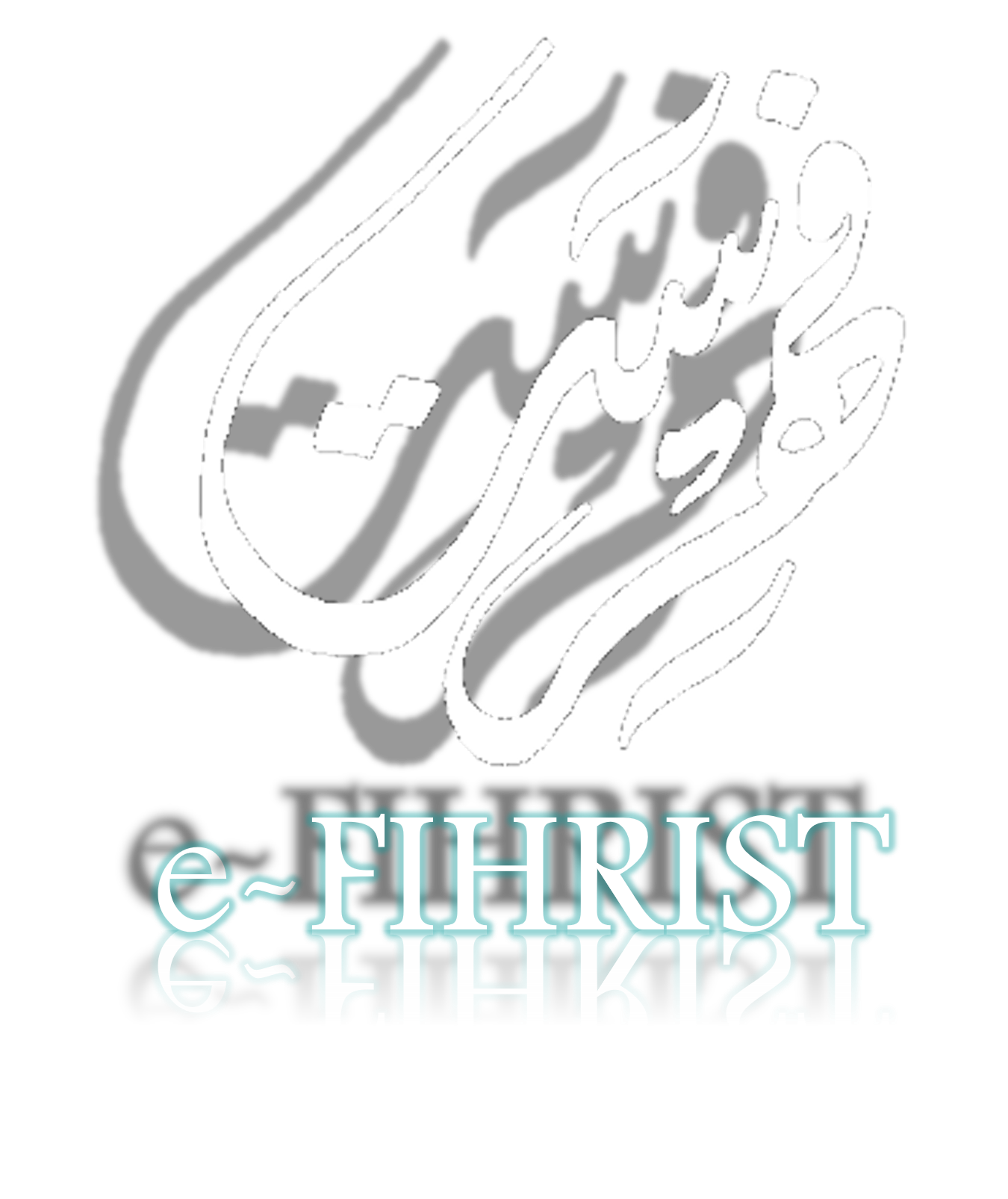MARC details
| 000 -LEADER |
|---|
| fixed length control field |
04386 a2200253 4500 |
| 003 - CONTROL NUMBER IDENTIFIER |
|---|
| control field |
UNISSA |
| 005 - DATE AND TIME OF LATEST TRANSACTION |
|---|
| control field |
20241022143450.0 |
| 008 - FIXED-LENGTH DATA ELEMENTS--GENERAL INFORMATION |
|---|
| fixed length control field |
241022b |||||||| |||| 00| 0 eng d |
| 020 ## - INTERNATIONAL STANDARD BOOK NUMBER |
|---|
| International Standard Book Number |
9810082312 (paperback) |
| 040 ## - CATALOGING SOURCE |
|---|
| Original cataloging agency |
UNISSA |
| Language of cataloging |
eng |
| Transcribing agency |
UNISSA |
| Description conventions |
rda |
| 050 ## - LIBRARY OF CONGRESS CALL NUMBER |
|---|
| Classification number |
SH307.A785 |
| Item number |
H94 |
| 110 ## - MAIN ENTRY--CORPORATE NAME |
|---|
| Corporate name or jurisdiction name as entry element |
ASEAN-Canada Fisheries Post-Harvest Technology Project Phase II |
| Relator term |
Author |
| 245 ## - TITLE STATEMENT |
|---|
| Title |
Hygiene : |
| Remainder of title |
for fish processing plants / |
| Statement of responsibility, etc |
ASEAN-Canada Fisheries Post-Harvest Technology Project Phase II |
| 264 01 - PUBLICATION, DISTRIBUTION, ETC. (IMPRINT) |
|---|
| Name of publisher, distributor, etc |
ASEAN-Canada Fisheries Post-Harvest Technology Project Phase II |
| Date of publication, distribution, etc |
1996 |
| Place of publication, distribution, etc |
Singapore : |
| 264 04 - PUBLICATION, DISTRIBUTION, ETC. (IMPRINT) |
|---|
| Date of publication, distribution, etc |
©1996 |
| 300 ## - PHYSICAL DESCRIPTION |
|---|
| Extent |
i, 63 pages |
| Dimensions |
30 cm |
| 336 ## - CONTENT TYPE |
|---|
| Source |
rdacontent |
| Content type term |
text |
| 337 ## - MEDIA TYPE |
|---|
| Source |
rdamedia |
| Media type term |
unmediated |
| 338 ## - CARRIER TYPE |
|---|
| Source |
rdacarrier |
| Carrier type term |
volume |
| 504 ## - BIBLIOGRAPHY, ETC. NOTE |
|---|
| Bibliography, etc |
Includes bibliographical references |
| 505 ## - FORMATTED CONTENTS NOTE |
|---|
| Formatted contents note |
Both producers and regulatory authorities have a duty to ensure that foods offered to the consumer are at least safe to eat. In the past, a positive approach of using Good Manufacturing Practices (GMP), producing food in a hygienic manner, and by inspection of finished products was required. It is now realized that inspection of finished product gives a poor control over the safety of foods, therefore regulatory agencies are increasingly requiring that establishments take a preventative approach to safety based on the principles of HACCP. This requirement might be incorporated in primary legislation on food control, or be applied by executive action of the regulatory authority. The management of the establishment must then be able to produce for the regulatory authority a documented HACCP plan, and be able to demonstrate that the plan is being effectively implemented.<br/><br/>HACCP is not a stand-alone program but is one part of a larger system of control procedures, such as the company quality assurance program. HACCP plans apply to specific products and to specific processes, and are in addition to appropriate food safety legislation by the responsible authority having jurisdiction, and codes of practice for hygiene or any codes of good manufacturing practice that might be in force for the establishment as a whole. For HACCP to function effectively, it must be accompanied by prerequisite programs.<br/><br/>Prerequisite programs may be defined as universal steps or procedures that control the operational conditions within a food establishment allowing for environmental conditions that are favourable to the production of safe food. Examples of prerequisite requirements for which the foundation of HACCP is based are construction, sanitation, GMP, training, recall programs, preventive maintenance, and a product identification program and coding.<br/><br/>Sanitation is generally separated from HACCP under a more general system of Sanitation Standard Operating Procedures (SSOP). When a system of SSOP is in place, HACCP can be more effective because it can concentrate on the hazards associated with the food or processing and not on the processing plant environment. However, when aspects of hygiene directly impact food safety, it may be more appropriate for those hygiene controls to be handled within the HACCP plan. If any portion of a prerequisite program is not adequately controlled, then additional critical control points would have to be identified, monitored and maintained under he HACCP plans. Effective prerequisite programs will simplify HACCP plans and will ensure that the integrity of HACCP plans are maintained and that the manufactured product is safe.<br/><br/>Even without HACCP, the level of plant environmental cleanliness and GMPs must comply with the laws of the authorities having jurisdiction. Further, hygiene control is not limited to cleaning equipment. Although clean equipment and a clean environment are essential for producing safe foods, so are personnel practices, plant facilities, pest control, warehouse practices, and equipment and operation design.<br/><br/>This book deals with the hygienic aspects of some of the prerequisite requirements, construction, equipment, sanitation and personnel hygiene. The information has been taken from various international codes of practice and references, the understanding of which will help develop an in-plant quality assurance system, and lay the foundation for the application of a HACCP system. |
| 650 ## - SUBJECT ADDED ENTRY--TOPICAL TERM |
|---|
| Topical term or geographic name as entry element |
Fishery processing |
| General subdivision |
Health aspects |
| Geographic subdivision |
Southeast Asia |
| 942 ## - ADDED ENTRY ELEMENTS (KOHA) |
|---|
| Koha item type |
Agriculture & other subjects (Sinaut Campus) |
| Source of classification or shelving scheme |
Library of Congress Classification |

